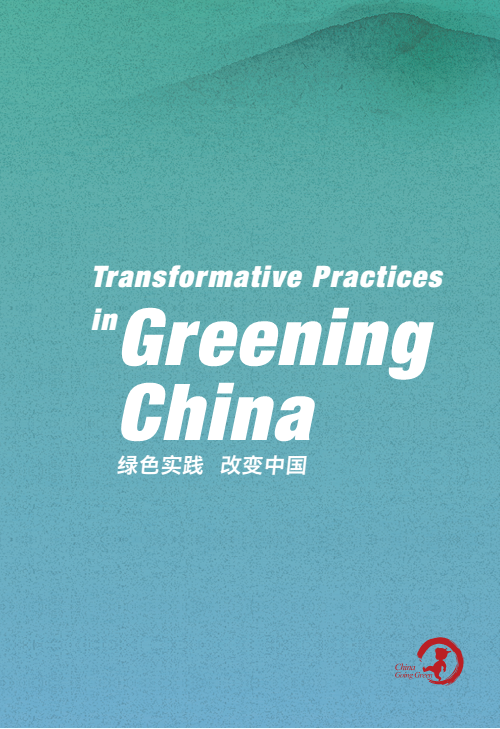
Download Report: Transformative Practices in Greening China
In the two decades since the first UN Conference on Environment and Development held in Rio in 1992, China seen exponential growth, becoming the second largest economy in the world trailing only the United States. Despite various issues confronting the country, a stable political atmosphere, growing population (almost 1.4 billion people or 20 percent of the total global population) and massive potential arising from a booming domestic market means China can still be expected to grow in the future.
Statistics from the World Bank show that China is the largest consumer of primary energies. While it can be said that China was merely a follower twenty years ago, the role of China today cannot be underestimated. Hence, the development model of China is not only of importance to the future of the country, it is also an issue of global magnitude.
It is pleasing to see that Chinese companies and entrepreneurs who have furthered the development of the country’s economic miracle are now starting to focus on pressing topics such as the environment, health care, climate change and poverty. After waking up to the challenges of their own development, they have actively engaged all manners of innovation and exploration. In the meantime, NGOs in China have also thrived and developed proactive partnerships with companies.
The last two decades have witnessed some impressive steps made by China in the front of sustainable development. The 14 companies featured in this booklet embrace multiple sectors, including energy, real estate, manufacturing, printing, food, finance and the service industry. In various sizes and shapes, they have all made a fruitful exploration into the green development of their enterprises. Moreover, the three Chinese NGOs and foundation featured in this booklet have invariably advanced the green transformation of China in their own unique way. Among them, the cooperation between Esquel and the Institute of Public Environment Affairs (IPE) has been most impressive.
It is also clear that China still needs to face many challenges as a developing country on the course for a greener economy. The companies and NGOs profiled here are leaders in green development and can offer encouraging stories to the rest of China. The practice and innovation of these companies and NGOs have become an integral part of Chinese economy and society.
When the world meets again in Rio in June 2012 to review our past achievements, to address pressing issues, and to hold discussions that will enable us to shape our future, we should not overlook the transformation that is taking place in China. If China embraces a greener economy, it is to the benefit of both the Chinese people and the people of the world. There is much to learn, and much to support.




